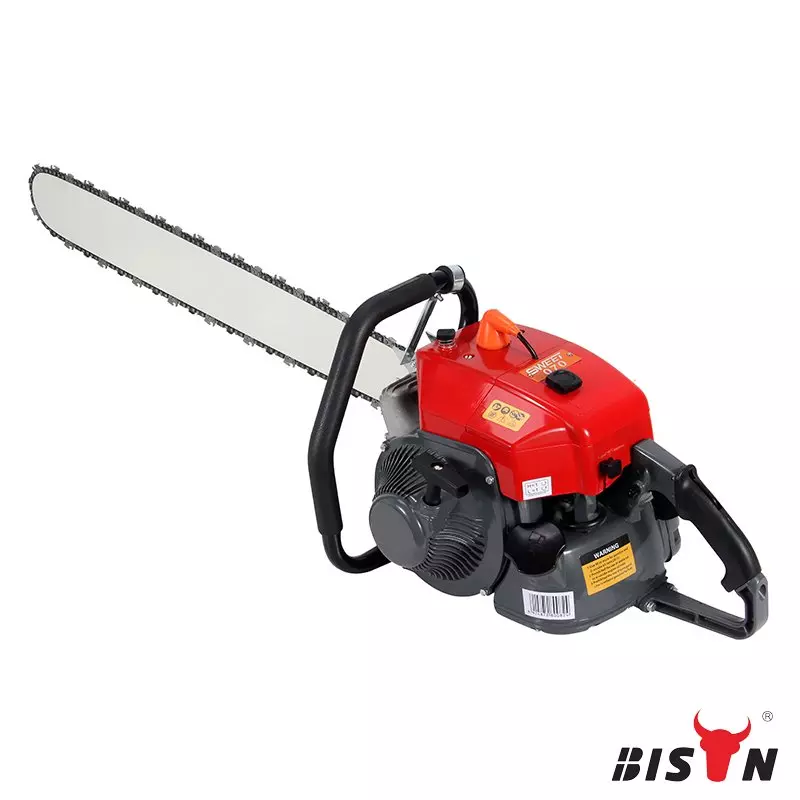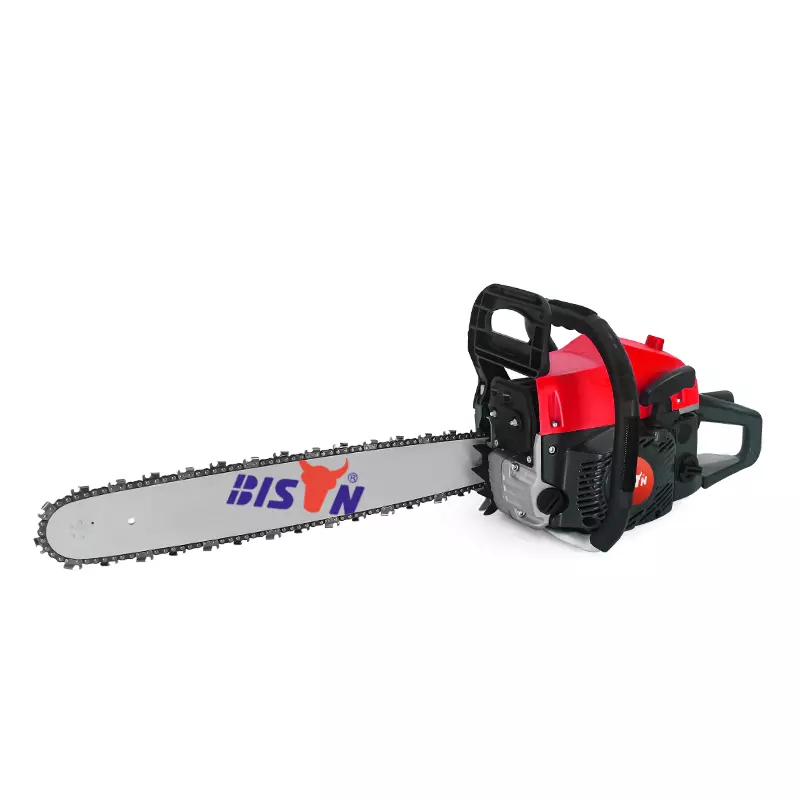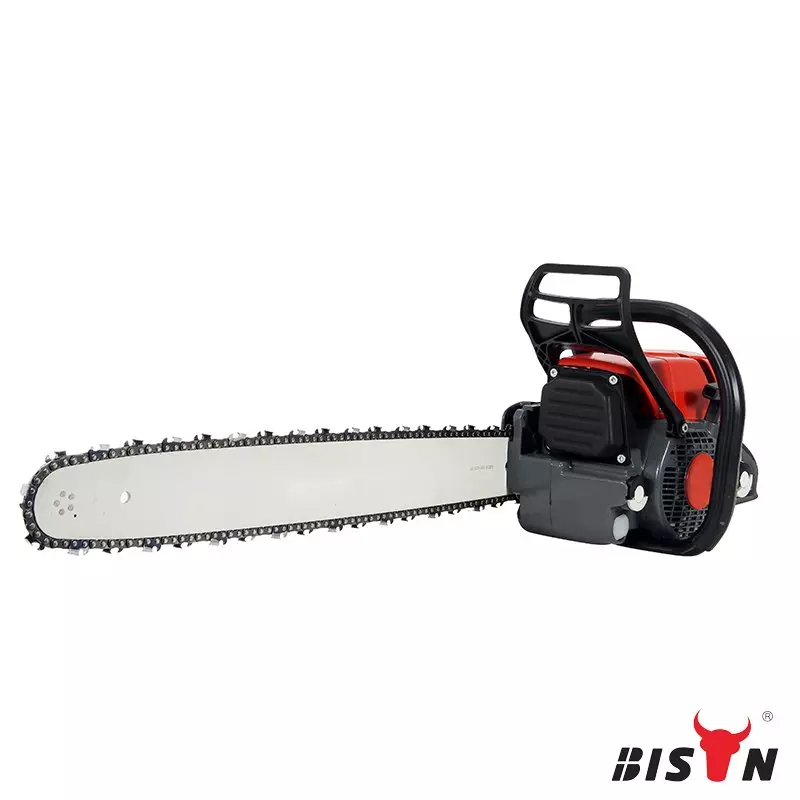Proven tips to maintain and extend the life of your chainsaw
2023-07-18
Table of content
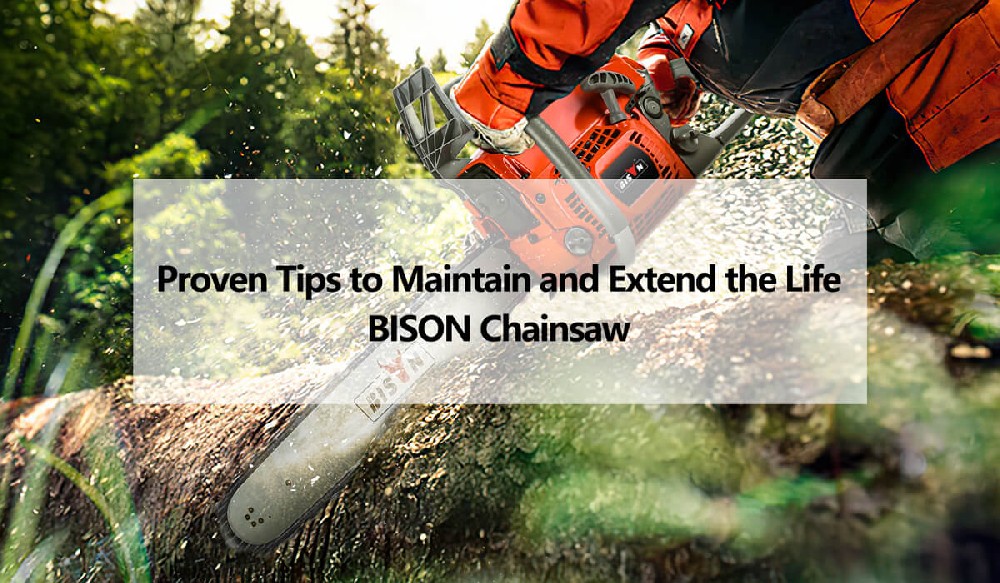
Owning a chainsaw, like the BISON chainsaw, is a big responsibility. To ensure its optimal performance and longevity, you need to maintain it properly. Unlock the potential of your BISON chainsaw with our comprehensive guide. From pre-use checks to advanced maintenance tips, we cover everything you need to know to keep your chainsaw running at its best. Learn how to sharpen your chain, lubricate your saw, maintain the air filter, and etc.
Pre-Use Checklist
Before using your BISON chainsaw, it's crucial to check the following. If any items are marked as "No", it might be unsafe to operate the chainsaw.
| Pre-Use Checklist | Checked (Yes/No) |
| Chain is snug but not too tight | |
| No dull or damaged links are present | |
| Chain is well-oiled | |
| Air filter is clean and free of debris | |
| Can it start normally |
Chainsaw Troubleshooting
You might occasionally encounter problems with your chainsaw. But don't worry! Many of these issues can be solved with simple maintenance steps. The following sections will guide you through some common maintenance tasks that you can perform to keep your BISON chainsaw running smoothly.
The chain saw chain should be adequately tensioned
When you pull on the chainsaw’s chain, it should always return to its original position. Or you can do a snap test to ensure the chainsaw chain has the desired tension. If the chain is too tight, the blade will stall, and if it is too loose, it may fall. You must be able to adjust chain tension accurately.
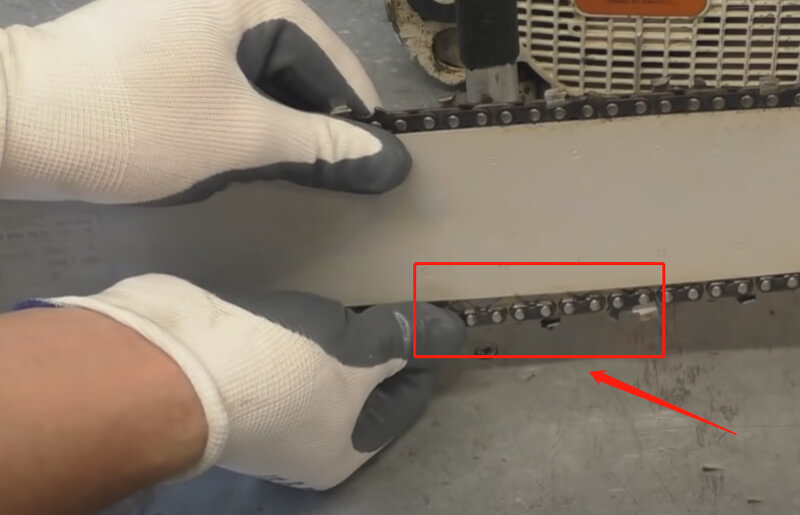
Keep your chainsaw chain sharp
If you want to cut things quickly, it’s essential to make sure the teeth of the chainsaw are sharp. Remember that the chance of slippage or kickback decreases as the cut becomes harder, making your tool safer. To sharpen your chain, follow these steps:
Secure the chainsaw in a vise to keep it steady.
Identify the lead cutter (it's the shortest tooth).
Use a round file of the correct size (usually specified in your BISON manual) and file holder to sharpen each tooth. Always file from inside to outside, maintaining the angle of the cutting edge
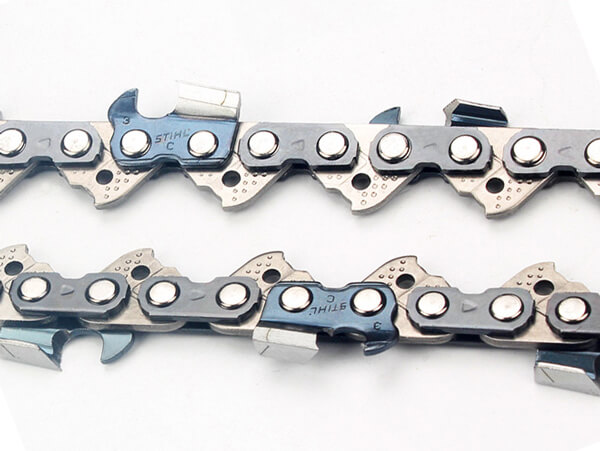
Keep the chainsaw lubricated and change the oil regularly
Regular lubrication reduces friction and wear on your chainsaw. If the chainsaw is not properly lubricated, the chain will not move smoothly, and your chainsaw is more prone to failure. So, if your chain seems dry, it’s worth giving it the right amount of chain oil to ensure it works properly.
Clean the oil port regularly to prevent clogging.
Use high-quality bar and chain oil.
Regularly check the automatic oiler to ensure it's functioning properly.
Clean the chainsaw air filter
Gasoline-powered chainsaws add air to the fuel to help the engine run. A chainsaw air filter prevents contaminants such as dirt, dust, and other impurities from entering the fuel supply. Therefore, as soon as the filter is found to be dirty, it must be cleaned or replaced immediately to prevent any damage to the engine. Clean it after every 5 hours of use.
Remove the air filter cover.
Tap the filter gently to dislodge loose dust or debris.
For a thorough cleaning, wash it in warm soapy water, rinse, and let it dry before reassembly.
Wrap up the chainsaw
If you turn on your chainsaw, it’s exposed to various elements. Moisture is the number one enemy of metal; therefore, your chainsaw must be protected. Proper storage is vital to prevent damage and maintain your chainsaw's performance.
Clean your chainsaw thoroughly.
Empty the fuel tank and run the engine until it stops to remove any remaining fuel.
Apply oil to the chain and bar to prevent rusting.
Store it in a dry, safe place, away from children and pets.
Checking the Starter Cord
The starter cord is essential for getting your chainsaw up and running. Regularly check it for signs of wear and tear.
Remove the starter assembly cover.
Inspect the cord for fraying or damage and replace it if necessary.
Checking the Carburetor
If your chainsaw is hard to start, runs poorly, or stalls, the carburetor could be the problem.
Check the fuel lines for blockages or leaks.
Clean the carburetor with a carburetor cleaner spray.
If cleaning doesn't solve the problem, consider getting it professionally serviced.
Proper maintenance is key to ensuring the optimal performance and longevity of your BISON chainsaw. Remember, always refer to your BISON chainsaw's user manual for specific maintenance instructions. When in doubt, don't hesitate to seek professional help. Proper maintenance will ensure your chainsaw remains a reliable tool for years to come.

